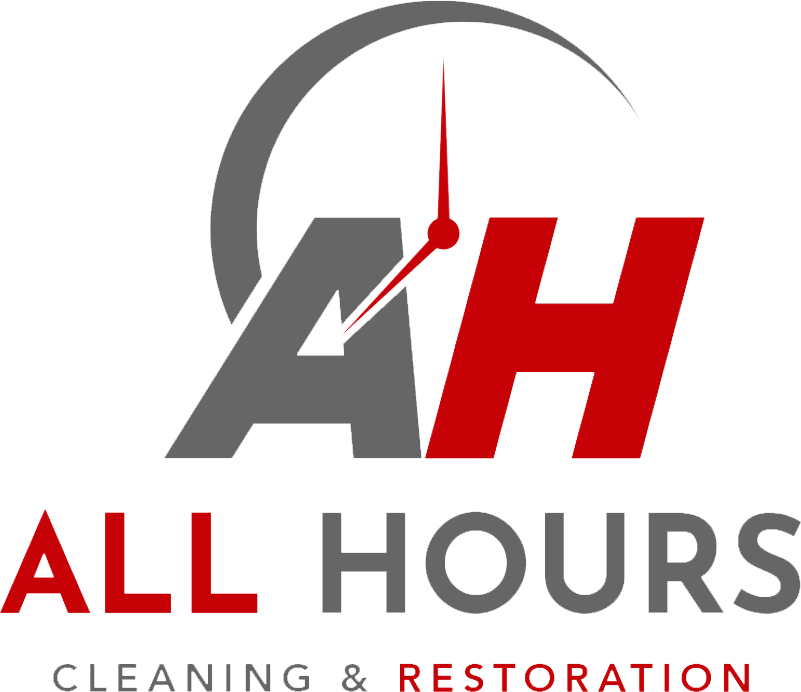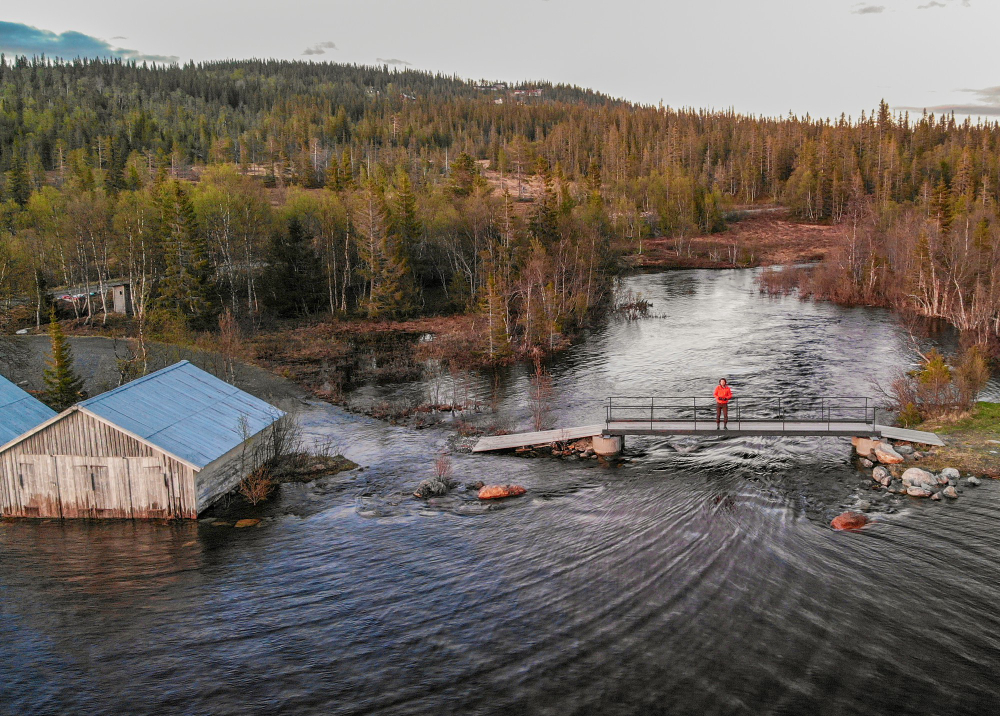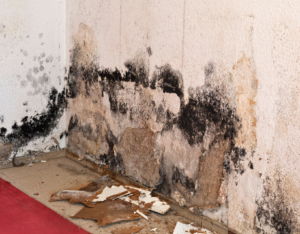Storms can leave behind a devastating trail of destruction, from fallen trees to water damage, broken windows, and scattered debris. Knowing how to safely and effectively clean up after a storm is essential to restoring your home and yard while ensuring the safety of everyone involved.
This guide will walk you through the key steps to tackle post-storm cleanup efficiently.
Key Takeaways
- With a clear plan and the right instructions, it’s possible to clean up after a storm and restore your property.
- Cleaning up after a storm not only helps restore the property but also ensures your home is better prepared for whatever nature may bring next.
Table of Contents
Step 1: Prioritize Safety First
Before starting cleanup efforts, ensure your safety and the safety of those around you.
- Inspect for Immediate Hazards
- Look for downed power lines, gas leaks, or structural damage to your home.
- Avoid standing water, as it may be electrically charged or contaminated.
- If your property has suffered significant damage, contact emergency services or your utility company before proceeding.
- Wear Protective Gear
- Use gloves, sturdy boots, goggles, and masks to protect against sharp objects, debris, and mold exposure.
- Document the Damage
- Take photos or videos of all damage for insurance purposes before beginning the cleanup.
Step 2: Clear Outdoor Debris
Once it’s safe to go outside, focus on clearing debris from your yard and surrounding areas.
- Remove Fallen Branches and Trees
- Use a chainsaw or hire a professional arborist to remove large or hazardous trees.
- Cut smaller branches into manageable pieces and dispose of them according to local regulations.
- Clear Gutters and Drains
- Check and clean clogged gutters and storm drains to prevent further water damage.
- Inspect and Repair Fencing
- Secure loose or broken fencing to protect your property and ensure safety.
- Sort Waste Appropriately
- Separate organic debris, such as branches and leaves, from other waste for proper disposal or recycling.
Step 3: Address Water Damage
Water damage can lead to mold growth and structural issues if not addressed promptly.
- Dry Out the Affected Areas
- Use fans, dehumidifiers, and open windows to improve airflow and dry out wet spaces.
- Remove soaked carpets, furniture, and belongings that cannot be salvaged.
- Inspect for Mold
- Check walls, floors, and ceilings for signs of mold. If you find mold, clean small areas with a solution of water and detergent. For extensive mold growth, hire a professional remediation service.
- Disinfect Surfaces
- Use bleach or a commercial disinfectant to clean areas affected by floodwaters, which may contain bacteria or other contaminants.
Step 4: Repair Structural Damage
Storms can cause damage to roofs, windows, and siding, requiring prompt attention.
- Check the Roof
- Look for missing shingles, leaks, or structural damage. Patch minor issues or contact a roofing professional for significant repairs.
- Seal Broken Windows
- Temporarily seal broken windows with plywood or plastic sheeting until they can be professionally replaced.
- Inspect the Foundation
- Check for cracks or water seepage in your home’s foundation. Address issues early to prevent further damage.
Step 5: Handle Insurance Claims
Stay organized to make the insurance claims process smoother.
- Contact Your Insurance Provider
- Notify your insurance company as soon as possible to report the damage.
- Submit Documentation
- Provide photos, videos, and a detailed inventory of damaged items to support your claim.
- Keep Records
- Save receipts for temporary repairs, cleanup costs, and professional services for reimbursement.
Step 6: Prevent Future Storm Damage
Once your property is restored, take steps to minimize the impact of future storms.
- Trim Trees
- Regularly prune trees near your home to reduce the risk of falling branches during storms.
- Secure Outdoor Items
- Anchor patio furniture, grills, and other outdoor items to prevent them from becoming projectiles.
- Install Storm-Resistant Features
- Consider investing in impact-resistant windows, reinforced doors, and storm shutters.
Trust All Hours Cleaning & Restoration to Restore Your Home Quickly and Safely After a Disaster
When a natural disaster strikes, fast and professional cleanup is essential to protect your property and get your life back on track. At All Hours Restoration, we specialize in comprehensive natural disaster restoration services to help you recover quickly and safely.
No matter the damage you’ve suffered, let our experts handle the cleanup so you can focus on moving forward. Contact us today for fast, reliable service!





